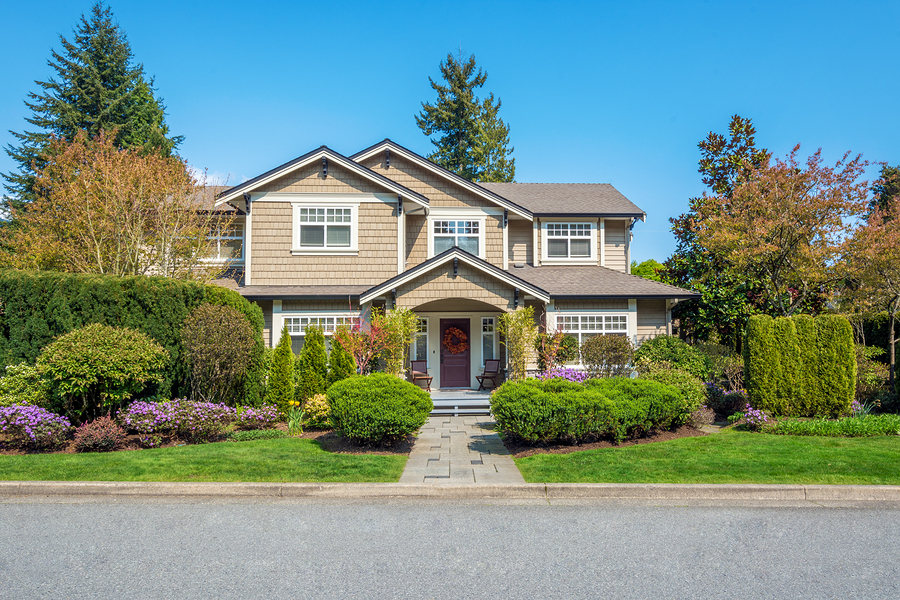Summer is hot. Summer in North Carolina? Hot! Humid! You know that you can keep your home cooler with a well-maintained air conditioning system from Weather Master, but naturally cooling your home from the outside can improving efficiency and helping your utilities budget.
Be Shady, Be Cool
It’s pretty simple: If you have to be outside during the summer, you like to try to stay in the shade to stay cooler. Since your house can’t physically move under the closest tree, it’s helpful to plan your landscaping with shade plants such as bushes and trees.
Trees Having trees that are located on the southern and west sides of your home is the most efficient to help cool your North Carolina home, since those sides take the more direct hits from the hot afternoon sun during the summer. If properly placed, the U.S. Department of Energy estimates an average household can save $100-$250 in annual energy costs with just three trees. Trees that would do well in our locale include Carolina Silverbell, Eastern Redbud, Pagoda Dogwood, and Yellow Birch.
Shrubs/Bushes Planting shrubs and bushes around your home can help block sunlight on the lower portions of the outside walls. When choosing shrubs for your home, make sure you choose low maintenance varieties that will grow to a fixed height. Some bushes include Carolina Rose, Silk Dogwood, Sweet Azalea and Elderberry.
Vines Looking for a fast-growing plant? Vines can provide fast shade as they are easy and quick to grow. In order to direct where you want them to cover/grow, use a trellis or lattice so the vines don’t damage the exterior of your home. If you use a trellis, place it on the hottest side of the house, at least six inches from the wall. Some vines that do well in our climate include Crossvine, Passion Flower, Virginia Creeper and Fox Grape.
Screen It
Most windows are already installed with screens, but there are exterior shade screens (i.e., sun screens, shade cloths or solar shields) that can block anywhere from 50 to 90 percent of the sun’s energy that hits the window. Look at the “shading coefficient” (describes the amount of heat that penetrates the screen) to help you choose the right screen. The lower the numbers, the less energy that will get through. However, shade screens will obscure the view from that window, so you’ll have to decide which is more important to you—the view or the energy savings?
You can also install awnings over your windows, especially on the south side of your home. Using awnings can reduce the solar heat gain (the amount temperature rises because of the sun) by 65-75 percent on windows on the south and west side. (That’s a lot!)
White It Out
Painting your ceiling with a lighter, heat-reflective surface will reflect the ultraviolet rays of sun, which discourages your house’s roof from absorbing the sun. Even just using lighter-colored roofing tiles will help curve the amount of UV light and heat absorbed into your home.
As always, call Weather Master and we will work with you to provide the most efficient cooling system that fits your home, as well as more tips for naturally cooling your home.

